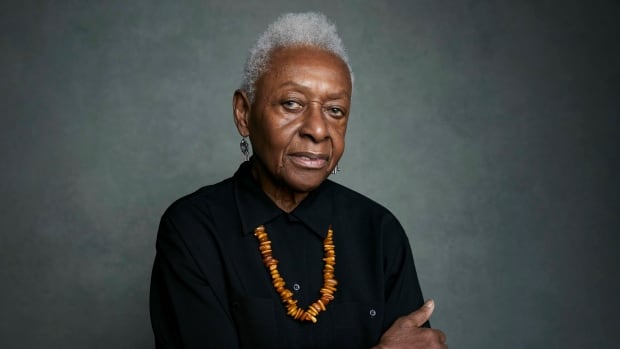
As It Happens24:40This trailblazing Black model helped change the face of fashion — over and over again
Bethann Hardison says she’s never been an ambitious person.
It might seem hard to believe given all she’s accomplished. A pioneering model, agent and activist, Hardison has been credited with changing the game for Black people in the fashion and modelling industry, increasing diversity on the runway and in magazines, and paving the way for today’s Black superstars.
But she says she never saw the full scope of her impact until she co-directed and starred in a new documentary about her own life and legacy.
“I never had dreams,” Hardison told As It Happens host Nil Köksal. “I think what this film has done for me, really, is to help me to understand my story.”
Invisible Beauty, co-directed by Frédéric Tcheng, screens at the Hot Docs Festival in Toronto next week.
A reluctant icon
The film follows Hardison’s career from modelling in the 1960s and ’70s to running her own modelling agency in the ’80s, and her persistent work fighting for diversity at — and on — every stage.
But initially, she says, the film wasn’t supposed to be about her at all. Rather, she set out to make a documentary about the fashion industry writ large.
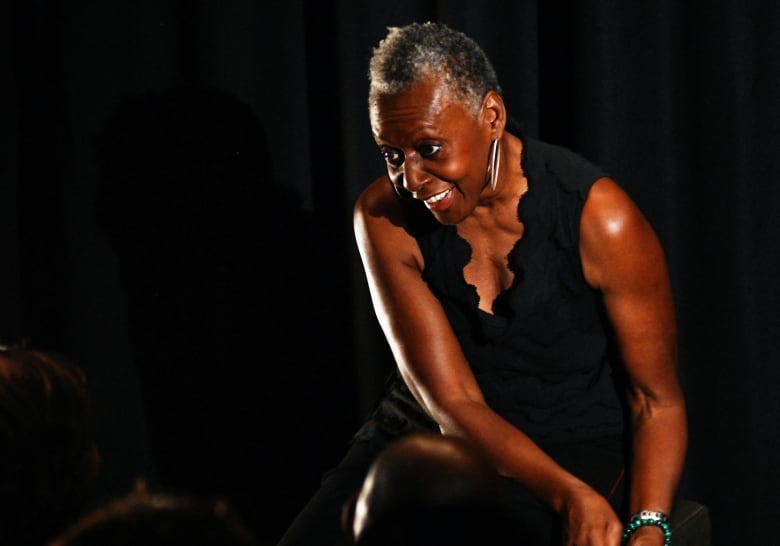
“Along the way, people, whether they knew me well or not, they just would say, ‘Oh yeah, yeah, that’s nice you’re doing that film. But you know what? Someone needs to do a film on you.’ And I would just boo hoo that, because I never wanted to be in front of the camera anyway. So I didn’t see any need to tell a story about me,” Hardison said.
But as she moved forward, she realized that if she really wanted to get at the heart of the fight for Black representation in the industry, she needed to tell her own story. After all, she was often at the centre of that fight.
“I just relinquished and said, OK, the film should be about me,” she said.
WATCH | Trailer for Invisible Beauty:
Hardison began her career in the 1960s, working in New York City’s Garment District. She never imagined herself in the spotlight, until she met pioneering Black fashion designer Willi Smith, who encouraged her to try modelling.
“I’m not a fashion person, whatever that word is, that everybody applies to everything. Even if you just sew a button on the shirt now you’re a fashion person,” she said.
Despite her reluctance, she had great success — first on the runway, and then later on the pages of magazines thanks to her collaborations with photographer Bruce Weber.
In the documentary, Black celebrities line up to say they owe their careers to Hardison and the barriers she tore down — including Naomi Campbell, Tracee Ellis Ross, Whoopi Goldberg and Zendaya, to name a few.
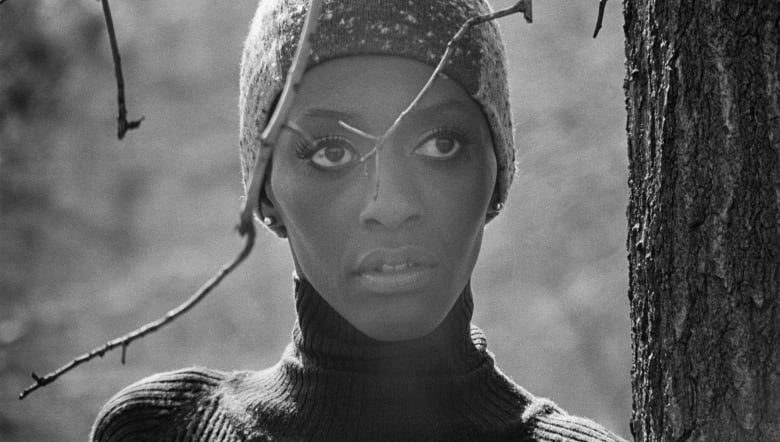
Hardison’s career really exploded in 1973 with the legendary Battle of Versailles Fashion Show, which pitted French and American designers against each other to raise funds for the Palace of Versailles.
The American designers brought 10 Black models to the show, which was unprecedented at the time. Hardison was one of them.
“What we actually brought was the fact that we existed,” Hardison said. “What we also brought was the fact that we moved in a certain way. We were allowed to express ourselves, where usually back then, especially on the European side, the model was very, very rigid.”
The show stunned the French fashion world, and helped cement the U.S. industry’s place on the global stage.
“Everything started to change for the designers in America,” she said.
Running her own agency
In the ’80s, Hardison shifted her career to work behind the scenes as a booking agent and fashion show producer. In 1984, she launched the Bethann Management Agency.
But much like modelling, Hardison says running an agency was never her dream — or even her idea.
“They made me do it. They convinced me,” she said. “There were models who wanted me to have my own agency. There were, you know, friends who were in the industry who kept saying, ‘Come on.'”
She figured she’d do it for a few years, tops.
“[But] once you become successful at something, it’s hard to walk away from it,” she said.
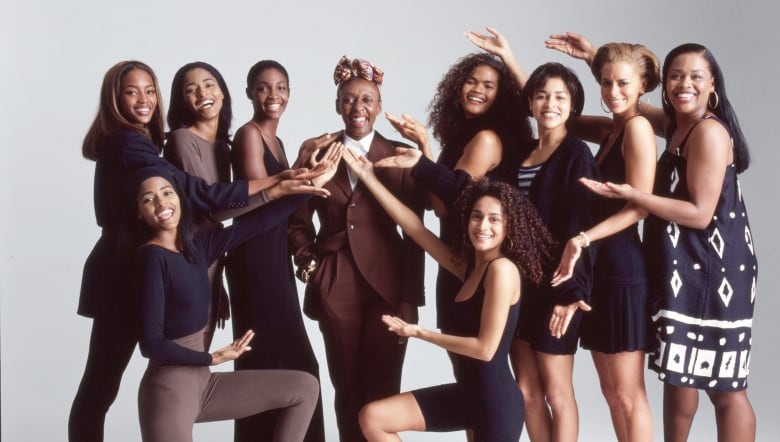
And successful she was. The company stood out in the white-dominated industry for its diverse roster of talent, and launched the careers of Black stars like Veronica Webb and Tyson Beckford.
Seeing what she had helped to create, Hardison co-founded the Black Girls Coalition with models Naomi Campbell and Iman. Their goal was to celebrate Black success in the industry. But, ultimately, they would become something of diversity watchdog, using their star power to keep fighting for representation.
“I believed that the designers, whether it be national or international, would never want to think of themselves as racist. That, I really believed,” she said.
An uphill battle
Rather than a steady uphill climb, the fight for diversity in fashion has been more of a roller-coaster.
Back in the ’60s, Hardison says, a number of Black models had success on the runway. But over time, the fashion modelling industry began to intersect more and more with the world of print advertising.
Suddenly, Black models struggled to find work, as advertisers insisted their inclusion would make it impossible to sell products to white audiences.
Hardison and her colleagues pushed back against that perception, chipping away and creating a more diverse landscape.
Then in the ’90s, she says the hard-earned victories of the ’70s and ’80s began to wane. Runways were getting whiter. Casting directors were brazen, putting out calls for talent that included phrases like: “No Blacks, no ethnics.”
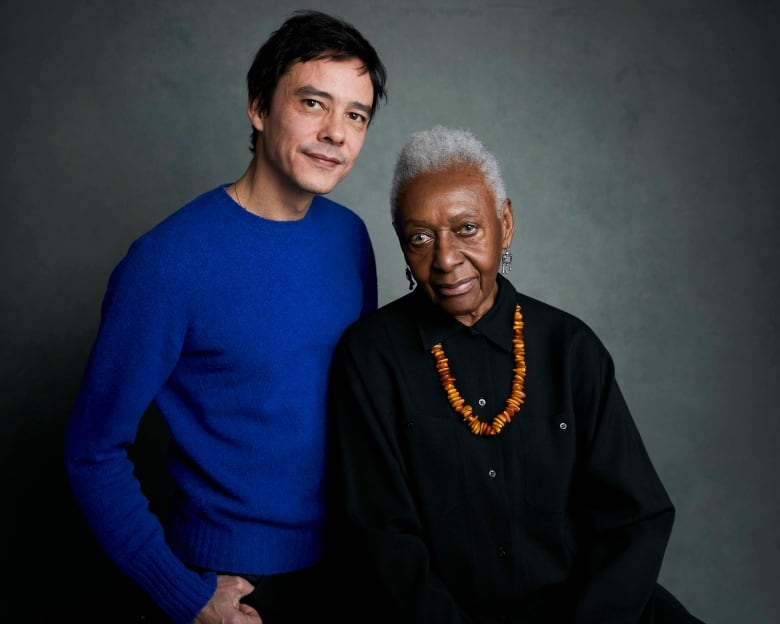
Hardison and the Black Girls Coalition responded with press conferences and industry town hall meetings calling for change.
In 2008, she joined forces with Vogue Italia editor Franca Sozzani to produce the 2008 “All Black Issue” — a massive success that proved diversity could be profitable.
Then in 2013, when she saw the same problems creeping back in, she began publishing open letters calling out industry giants for their all-white model casts.
She named names, and it worked.
“Everyone made changes immediately,” Hardison said. “I knew it would come around, you know, so I just had faith. But it took a lot of belief and strength.”
Hardison says she’s reached a point in her life where she’d like to slow down and step back from her work. She’s optimistic about where the industry is at in terms of racial representation.
But, of course, she’s said that before.
“Do I oftentimes wonder, well, do I need to keep my foot still in the clutch? I do a little bit. But lightly. I think that we’re on to something and it’s going well,” she said.
“Will it always go right back? Because this happened, where it falls all the way back. I don’t think so this time.”
Invisible Beauty plays at Hot Docs on May 2.

